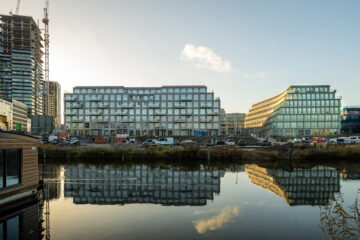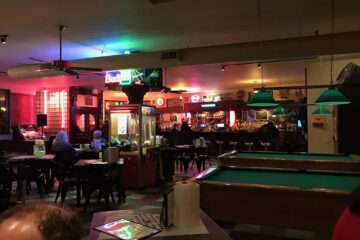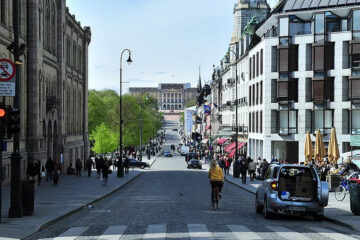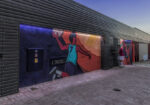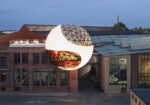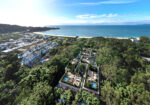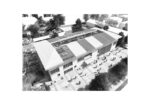Paris Embraces Pedestrianization: A Transformation Along the Seine

Paris, renowned for its romantic charm and cultural allure, is undergoing a remarkable transformation along the banks of the River Seine. In a bold move to combat air pollution and enhance urban livability, Mayor Anne Hidalgo has unveiled plans to convert a congested expressway into a vibrant pedestrian promenade. Here’s a closer look at why Paris is bidding farewell to cars and embracing a car-free future along its iconic riverfront.
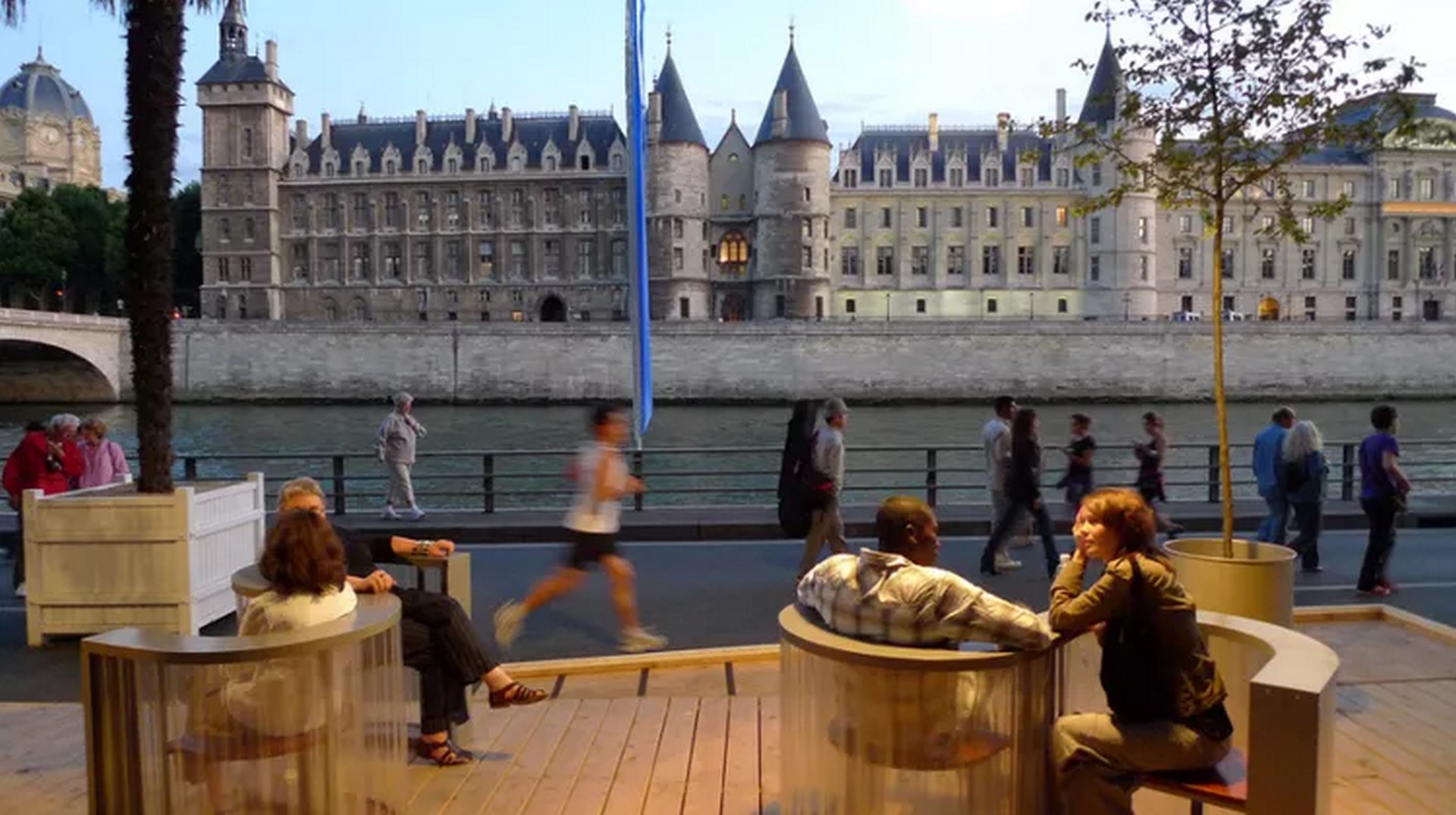
Reimagining the Right Bank
The initiative aims to permanently close a 3.3-kilometer stretch of expressway along the Right Bank of the Seine, spanning from Jardin des Tuileries to the Henry IV tunnel near the Bastille. While the area has historically been plagued by traffic congestion and pollution, the transformation will turn this bustling thoroughfare into a pedestrian-friendly oasis adorned with greenery and al fresco cafes.
A Historic Decision
Paris City Council’s approval of the plan marks a significant milestone in the city’s efforts to combat air pollution and reclaim public space. Mayor Hidalgo hails the decision as a historic milestone, signaling the end of an era dominated by urban motorways and the resurgence of pedestrian-centric urban design.
Environmental Imperatives
Air pollution has long been a pressing issue in Paris, posing significant health risks to residents and visitors alike. By prioritizing pedestrianization, the city aims to mitigate emissions from vehicular traffic and create a healthier, more sustainable urban environment. The closure of the expressway aligns with broader initiatives to reduce greenhouse gas emissions and improve air quality throughout the city.

Controversy and Opposition
The proposal to pedestrianize the riverside expressway has sparked heated debate and opposition from various stakeholders. Critics argue that the closure could adversely affect local businesses and exacerbate traffic congestion on alternate routes. Additionally, concerns have been raised about the potential impact on emergency vehicle access and transportation infrastructure.
Public Support and Vision
Despite opposition, the plan has garnered widespread support from Parisians eager to reclaim public space along the Seine. Proponents view the initiative as a transformative step towards creating a more livable, pedestrian-friendly city. The project reflects a broader vision of urban development centered on sustainability, accessibility, and community engagement.
Monitoring and Evaluation
As the transformation unfolds, city authorities will closely monitor traffic patterns, air quality, and public sentiment to assess the impact of the pedestrian promenade. Comprehensive evaluations will guide future decisions and adjustments to ensure the success of the initiative. Ultimately, Paris aims to set a precedent for sustainable urban development and foster a renewed appreciation for its iconic riverfront.
Embracing a Car-Free Future
Paris’ decision to convert a riverside expressway into a pedestrian promenade represents a bold step towards a greener, more equitable urban landscape. By prioritizing people over cars and reimagining public space, the city reaffirms its commitment to environmental stewardship and social progress. As Paris embraces a car-free future, it paves the way for a more sustainable and vibrant urban experience for generations to come.


